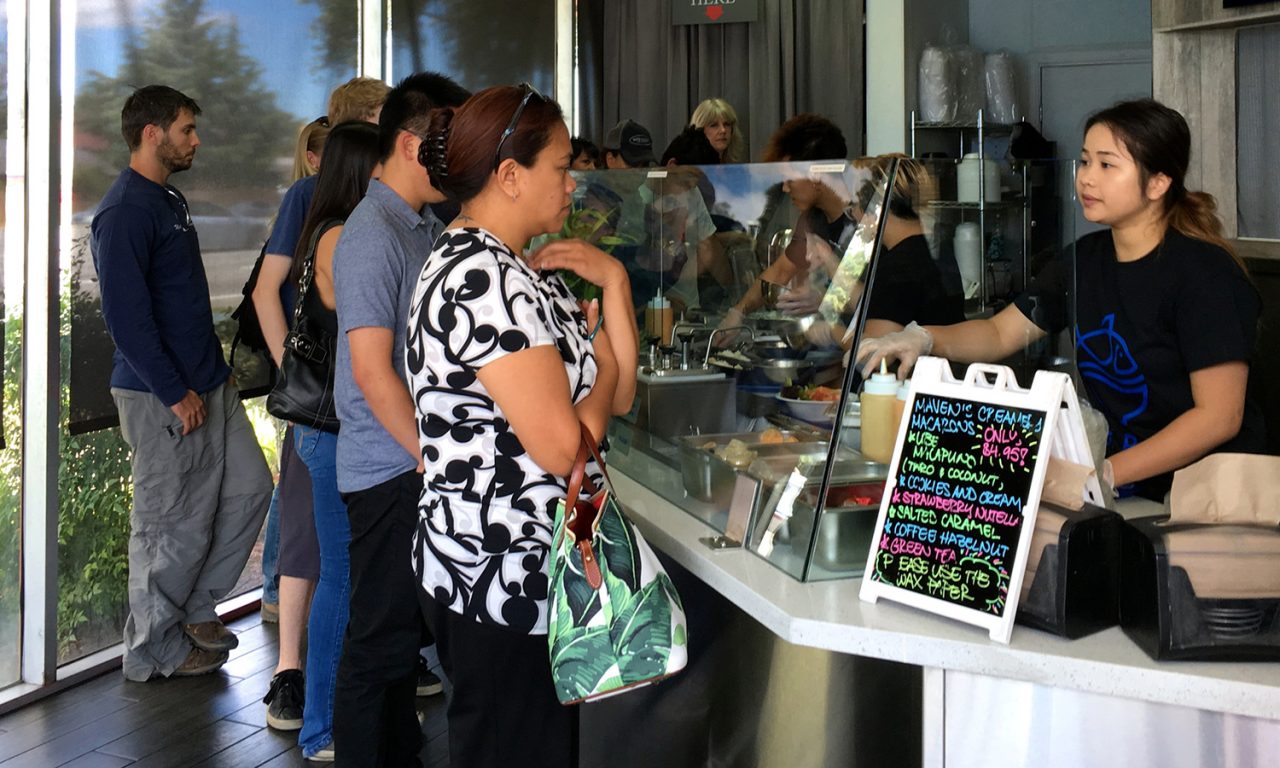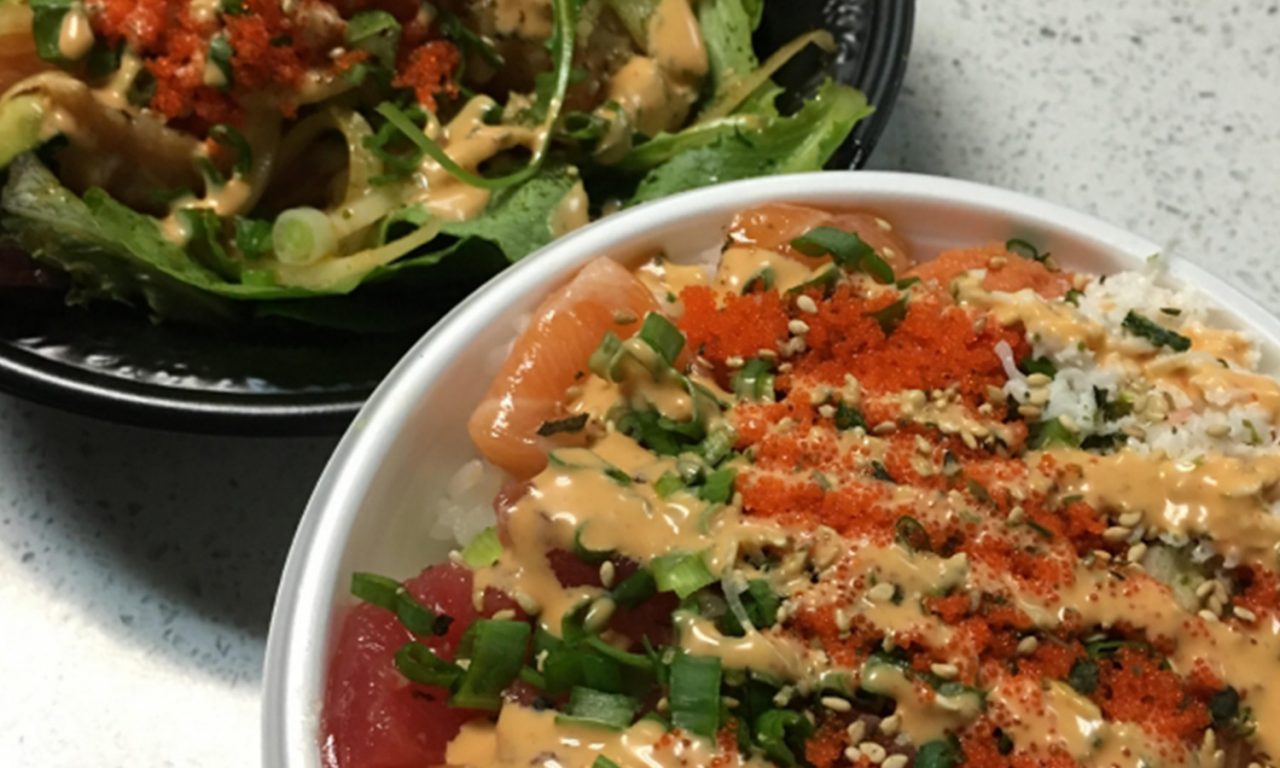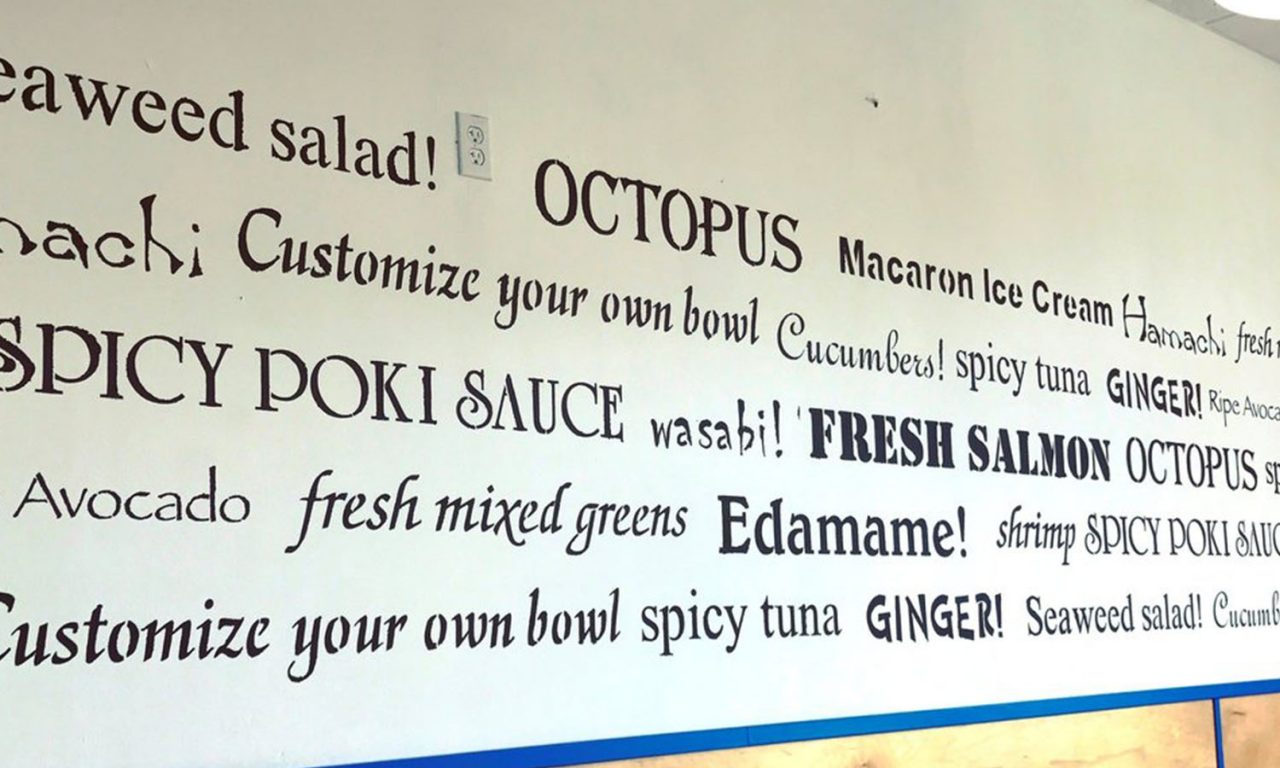If you’ve ever wondered, “How long does it take to be an electrician?” you’re not alone. With the rising demand for skilled tradespeople, more people are exploring careers in the electrical field. Becoming an electrician isn’t something that happens overnight — it takes dedication, training, and hands-on experience.
In this guide, we’ll break down the timeline, stages, and factors that determine how long it takes to become a fully licensed electrician, along with tips for success.
Understanding the Electrician Career Path
Electricians are responsible for installing, repairing, and maintaining electrical systems in homes, offices, and industrial settings. To perform this safely, they must undergo extensive training and certification.
Typically, the journey from beginner to professional electrician takes 4 to 5 years, depending on your location, specialization, and pace of learning.
Step-by-Step Timeline to Become an Electrician
Get Your High School Diploma or GED (0–1 Year)
The first requirement to becoming an electrician is a high school diploma or equivalent. Strong skills in math, physics, and problem-solving are essential since the trade involves calculations, electrical load balancing, and technical drawings.
If you’re still in school, consider taking:
- Algebra and geometry
- Basic physics
- Shop or technical classes
These subjects give you a strong foundation for your future training.
Attend a Technical School (Optional, 6–12 Months)
While not mandatory, many aspiring electricians attend trade or technical schools to gain a head start. These programs teach:
- Electrical theory
- Safety practices
- Blueprint reading
- Basic wiring and circuitry
Some schools even partner with local contractors to help students enter apprenticeships faster.
Apply for an Apprenticeship (4–5 Years)
This is the most important phase in your journey. An apprenticeship combines classroom instruction with paid, hands-on experience.
During this period, you’ll work under the supervision of a licensed electrician and learn how to:
- Install wiring and fixtures
- Read and interpret blueprints
- Follow the National Electrical Code (NEC)
- Troubleshoot electrical issues safely
Most apprenticeship programs require 8,000 hours (about 4 years) of practical training and 500–1,000 hours of classroom instruction.
Common apprenticeship programs include:
- IBEW (International Brotherhood of Electrical Workers)
- NECA (National Electrical Contractors Association)
- IEC (Independent Electrical Contractors)
Get Licensed as a Journeyman Electrician (6 Months–1 Year)
After completing your apprenticeship, you’ll need to pass a licensing exam to become a journeyman electrician. This exam tests:
- Local and national electrical codes
- Electrical theory and calculations
- Safety standards and installation procedures
Once licensed, you can work independently on residential and commercial projects.
Some electricians choose to stop here, while others continue toward becoming master electricians.
Advance to Master Electrician (Additional 2–5 Years)
Becoming a master electrician involves additional experience and education. You’ll typically need:
- 2–5 years of work as a journeyman
- A passing score on a master electrician exam
Master electricians can manage projects, train apprentices, or even start their own electrical business.
So, How Long Does It Take to Be an Electrician Overall?
| Stage | Timeframe |
| High School or GED | 0–1 year |
| Technical School (optional) | 6–12 months |
| Apprenticeship | 4–5 years |
| Licensing | 6 months–1 year |
| Master Electrician (optional) | 2–5 years |
Total Time: 4–6 years to become a licensed electrician
Up to 10 years to reach master electrician status
Factors That Can Affect the Timeline
- State Licensing Requirements – Each state has its own licensing process and apprenticeship duration.
- Prior Education – Technical school graduates may reduce apprenticeship time.
- Work Availability – The number of job hours completed can affect how quickly you qualify.
- Full-time vs. Part-time Apprenticeships – Working full-time speeds up certification.
- Specialization – Industrial electricians may need additional training compared to residential ones.
Why It’s Worth the Time
While becoming an electrician takes effort, the payoff is significant:
- Strong Job Outlook: According to the U.S. Bureau of Labor Statistics, electrician jobs are expected to grow 6% by 2032.
- Good Pay: The average electrician earns $55,000–$90,000 annually, depending on experience.
- Job Security: Electricity is essential — electricians will always be in demand.
- Career Flexibility: Choose from residential, commercial, or industrial fields.
- Entrepreneurship Opportunities: Experienced electricians can start their own business.
Challenges Electricians Face
Becoming an electrician isn’t easy. You’ll face:
- Physically demanding work (lifting, bending, climbing)
- Exposure to potential hazards (if safety rules aren’t followed)
- Long hours during projects or emergencies
However, most electricians find these challenges rewarding because they see the tangible results of their work every day.
Tip: Regularly reviewing local safety codes and keeping up with new electrical technologies helps you stay ahead in the field.
Conclusion
So, how long does it take to be an electrician? On average, 4–6 years. It may seem like a long road, but this career offers stability, great pay, and a clear path to success. With proper training and dedication, you can join one of the most respected trades in the world.
If you’re ready to start your journey or need expert help with electrical repairs, visit Muhammad Technical Services — your trusted partner for professional home and electrical services.
FAQs About Becoming an Electrician
- How long does it take to be an electrician?
It usually takes 4–5 years through an apprenticeship to become a licensed journeyman. - Can I become an electrician without an apprenticeship?
No. Practical on-the-job training is mandatory for licensing. - Do electricians need a college degree?
No, but completing a technical program can give you an advantage. - Is being an electrician hard?
It can be physically and mentally challenging but also highly rewarding.
5. How much do electricians make after training?
Entry-level electricians earn around $40,000–$50,000, while experienced electricians can make $80,000 or more.





